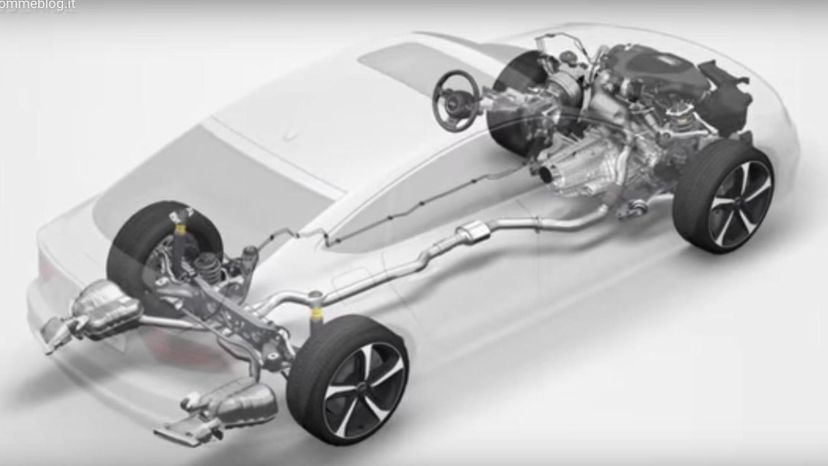
About This Quiz
Unless it's caused you problems in the past, you're probably only familiar with your car's powertrain because of the powertrain warranty offered by the dealership. The powertrain isn't a part you can order from the service department when something goes wrong, though. It's a series of components working together to get you and your car where you want to go.The differential turns the rotational movement from front-to-rear to side-to-side, which makes the wheels turn. Without one, your wheels would jump and skid while cornering because the outside tires travel more distance than those inside.
The drivetrain is what delivers the power from the engine to the wheels.
All of these are types of hybrid vehicle powertrains.
Advertisement
A vehicle's powertrain includes the engine, the transmission and the drivetrain. But the steering arm is part of the suspension.
The electronic throttle control, ETC system, can replace the mechanical linkage between the accelerator pedal and the throttle. It usually consists of an accelerator pedal module, a throttle valve and a powertrain or engine control module.
Hybrid-electric powertrain systems include, among a few other components, the vehicle's battery, electric motor and energy storage systems.
Advertisement
When a car jerks as its being driven, the odds are good it's engine trouble.
Vehicles with rear-wheel drive are typically well-balanced, but are known to be sketchy in winter weather conditions.
Because the engine and transaxle are directly connected in a front-wheel drive system, FWD vehicles typically have more passenger space in the cabin, improved tire grip and greater fuel economy over rear-wheel drive.
Advertisement
A timing belt or chain is what coordinates the crankshaft and the camshaft.
Typically, all of these would be covered under a powertrain warranty.
A car's valvetrain includes lifters, pushrods, and rocker arms (and valves, too).
Advertisement
The powertrain includes the engine block as well as all the engine's internal parts.
To keep a powertrain warranty valid -- and your engine from ceasing up, regular oil changes are important.
The powertrain components transform stored (potential) energy into kinetic energy.
Advertisement
The drivetrain, part of the vehicle's powertrain, is similar to the powertrain. It includes all the same components as the powertrain except the engine and transmission. It also includes the clutch, in a manual, or the torque converter in an automatic shift -- but not the wheels.
An automobile without a powertrain is called a glider.
Transmission slipping, which means the transmission slips in or out of gear while you're driving, can be caused by a few things, including engine trouble and wear-and-tear on the transmission.
Advertisement
Things that have a lot of wear-and-tear, like brake pads, the clutch or CV joints and boots, are not covered under a powertrain warranty.
The more cylinders an engine has, the more power that engine has.
The engine block, which houses the pistons, is also known as the cylinder block.
Advertisement
All of these are mounted to the cylinder head.
When James Watt wanted to compare the power of horses to the power of steam engines, he came up with this unit of measurement, which specifically measures the rate at which work is performed.
One hp is equal to the power needed to lift 550 pounds by one foot in one second.
Advertisement
In a parallel hybrid system both the petrol-powered engine and the electric motor can individually, or jointly, drive the car.
The crankshaft, which converts reciprocating motion into rotational motion, is what triggers the chain of events to shift gears.
Leaking engine oil is the most common symptom of a damaged crankshaft seal.
Advertisement
The PCM is considered the brain of a modern car engine.
Four-wheel drive and all-wheel drive vehicles are the only ones designed with a transfer case, which sends power to the front or rear differential based on information from the transfer case control module.
Until the 1980s, automobiles were commonly rear-wheel drive.
Advertisement
Along with the oil ring, each piston has a compression ring on the top.
Above each cylinder is a spark plug that causes the explosion that pushes down the piston.
Yes, the EGR is part of the powertrain in vehicles powered by diesel engines.
Advertisement
Adjusting the gear in the rear differential, known as the final drive, with a taller fit will increase the vehicle's top speed, while shorter improves acceleration.
All engines have a limit. The maximum speed (rpms) an internal combustion engine can operate without damage is called a "redline."